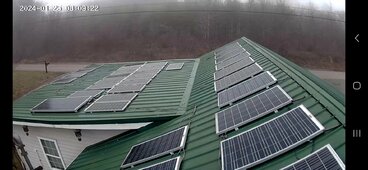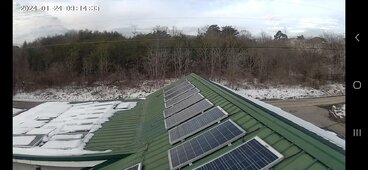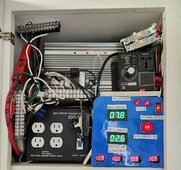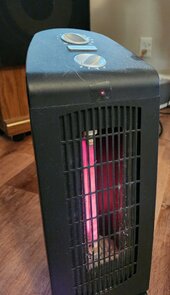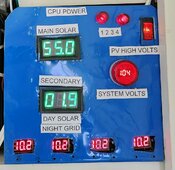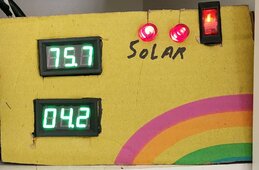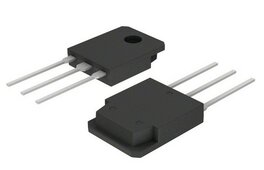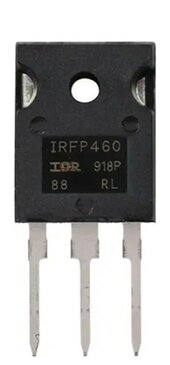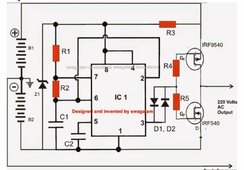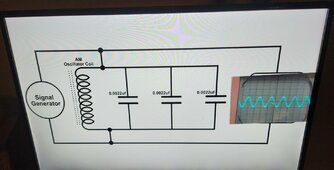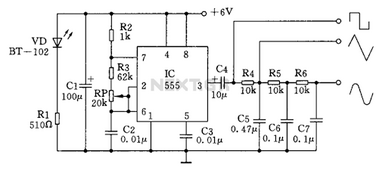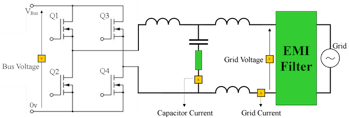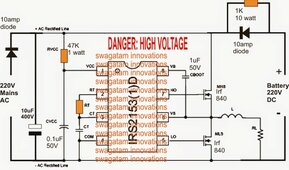Sun is shining and the heat is running full power in the living room on a really cold day.
System runs great, full automatic but I do turn the heater to Hi when I notice full sun conditions.
Last picture full power test Max 15Amp what is on the blue display now is just normal loads of the day Hi heater, lights, house fans, security cameras, 2 monitors, 2 stick computers and a mini fridge running right now.
No batteries, Low cost, low maintenance, gold standard solar power trust me you need one.
Ran this thing for years with no displays just use a clamp on amp meter to check operation, Simple power board inverter with case, 2 ISO transformers, doorbell transformer, diode bridge and fuses make the system and it can serve you well. Just add 180VDC solar array of your choice to make magic.
Running 120VAC mini split in the summer off the system, successfully cooling the four largest rooms of the home, surprising moisture removal and comfort.
Minimum 9 standard 12VDC panels for 5amps output
18 panels get you 10 amps.
27 panels gets you the project system maximum of 15Amps.
Get as close as you can to 180VDC full sun exposure no load voltage test. Be careful during this test three or more panels in full sun can kill you

9 standard 12 VDC solar panels in series will get you about 181 VDC.
Natural super efficient power blender keeps the bucks in your pocket while boosting full sun solar production with voltage boost MPPT effect (something you can see on the quartz tube heaters).
Just add a system voltage controlled relay to drop the extra loads to off or with a switcher device transfer to grid for 24 hour operation, if the setpoint is put at 98VAC for the lower limit you will protect the green power inverter from overloads and have automatic load management of the extra devices all with one voltage controlled relay. First one on the left of the display commands the whole house green or grid and keeps the inverter happy. Makes a simple decision 115VAC On and 98VAC Off.
Extremely fast response has saved several power boards.
Best wishes all



